Last Chance to Catch NYC's Holiday Notalgia Train
We met the voices of the NYC subway on our nostalgia ride this weekend!


The worlds of art and science fiction both allow us to reimagine and transform our reality. In a new exhibit at The Queens Museum, Mundos Alternos: Art and Science Fiction in the Americas, thirty Latinx contemporary artists “employ the imagery of science fiction to explore the colonial enterprise that shaped the Americas, different iterations of history, and ‘alienating’ ways of being.” The pieces range from large scale interactive works to a tiny site specific installation you almost need a magnifying glass to see, and each urges the viewer to rethink the way the world is, and what it could be.
The exhibit is categorized into five parts: Reimagining the Americas, Cornerstones, Alternate Americas, Time Travel, and Indegenous Futurisms. The first piece you will notice at the exhibit, part of the Reimagining the Americas section, is a large kinetic sculpture by Chico MacMutrie and Amorphic Robot Works (ARW). Organic Arches (Time Traveler) is made up of fifteen Tedlar fabric tubes. Computerized robotics and pressurized air make the tubes transform from crinkled tentacle looking shapes to smooth arches of varying sizes. The piece makes you think of organic structures like ribs or intestines, and also a sort of time-warp, as you walk through the middle of the transfigured arches. At a press preview for the exhibit, MacMutrie also pointed out the sound of the piece. The pressurized air flows in and out of the tubes creating a whispering and almost chant-like rhythm.

Surrounding the MacMutrie piece is a new site-specific work by Glexis Novoa from the Alternate Americas category entitled Emptiness: Queens Museum. Across the expansive white walls of the lobby, Novoa drew minuscule versions of futuristic skylines. Novoa was inspired by the museum itself and the history of the site as fairgrounds for the 1939 and 1964 World’s Fairs. Looking at the drawings, you can recognize certain New York City sites like Hudson Yards and the New York State Pavilion, but with slight fantastical alterations.
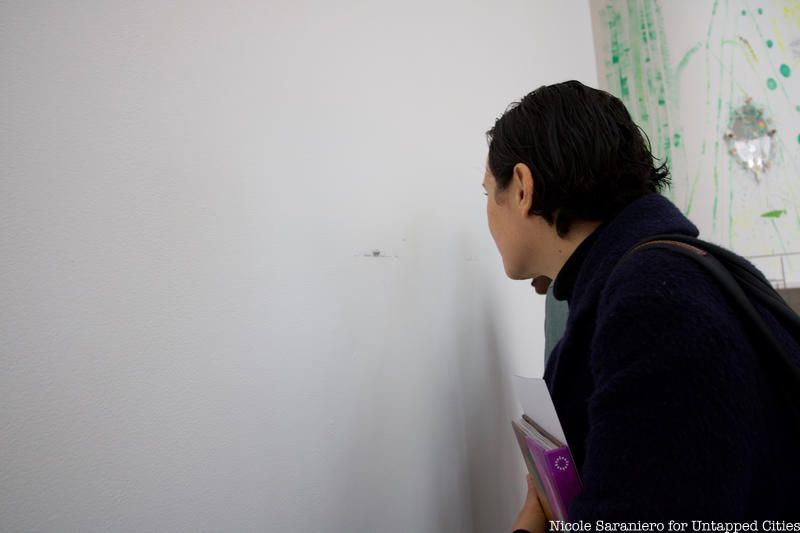

Inside the main gallery space where you will find pieces from the Time Travel category, one piece that sticks out is Clarissa Tossin’s Future Fossil. Tossin was Inspired by the science fiction writing of Octavia Butler. The artist imagined what types of layers would make up a fossil found after an ecological collapse on Earth. She used her own plastic waste for a large portion of the fossil.


The largest piece in the exhibit is a walkthrough installation created by Rigo 23 in collaboration with indigenous Zapatista artists and artisans from Chiapas, Mexico. Rigo 23 asked Zapatistas to imagine a future with complete autonomy from the Mexican government and global forces. He took those ideas and turned them into Autonomous InterGalactic Space Program, an ongoing piece that portrays a techno-culture, futuristic environment filled with Zapatista and Mayan cosmic references.
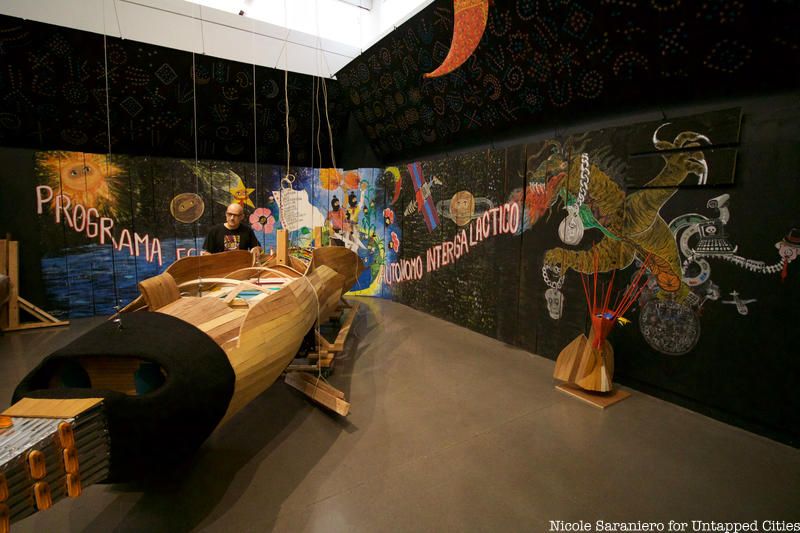
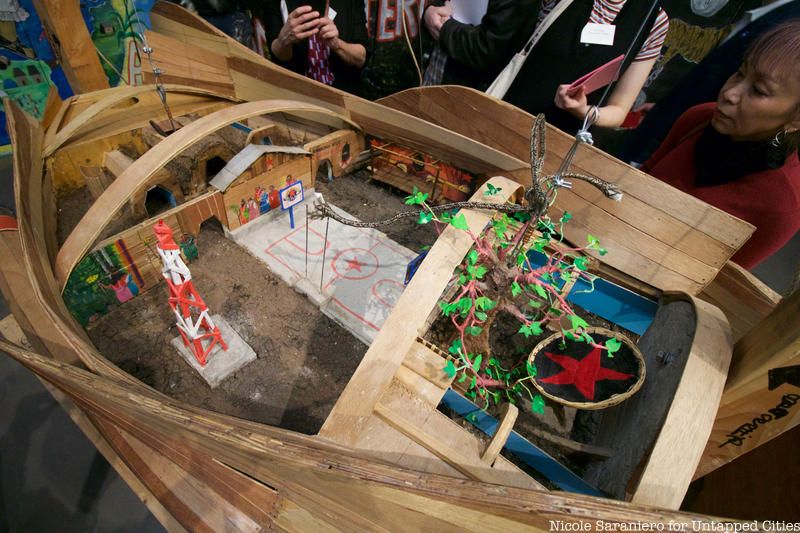
The exhibit features many more wonderful pieces of art like paintings from MASA, MeChicano Alliance of Space Artists (and a play on NASA), films, photographs and more. The museum will also host a series of performances, talks, readings, and workshops to “examine the far-reaching influence of science and speculative fiction in the Americas and beyond.”
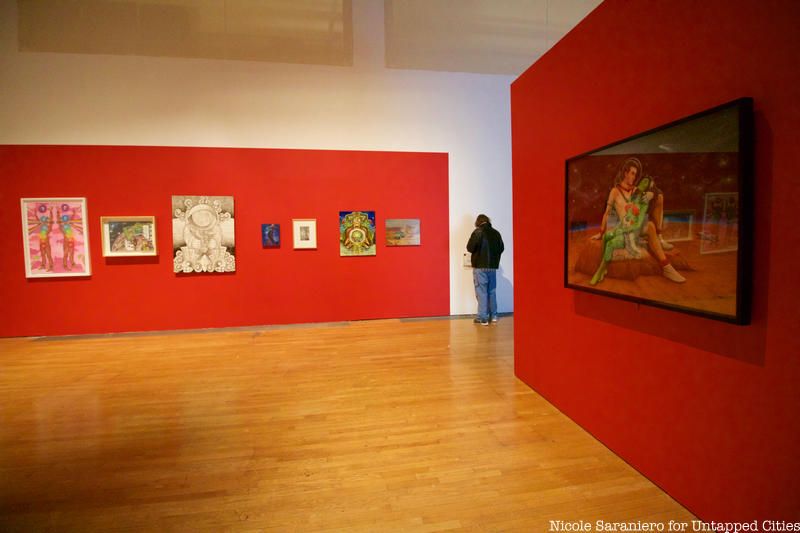
The east coast debut of Mundos Alternos, which originated at UCR ARTS at the University of California, Riverside, features new and reimagined pieces from artist across the Americas. There are satellite installations and programs at The Leslie-Lohman Museum of Gay and Lesbian Art, Museum of the Moving Image, Sugar Hill Children’s Museum of Art & Storytelling, and the New York Hall of Science. It was curated by Robb Hernández, Assistant Professor of English at UCR; Tyler Stallings, Director of the Frank M. Doyle Arts Pavilion at Orange Coast College and Joanna Szupinska-Myers, Senior Curator at the California Museum of Photography at UCR ARTS. The traveling iteration is organized by Hitomi Iwasaki, Director of Exhibitions and Curator at the Queens Museum, and Joanna Szupinska-Myers.
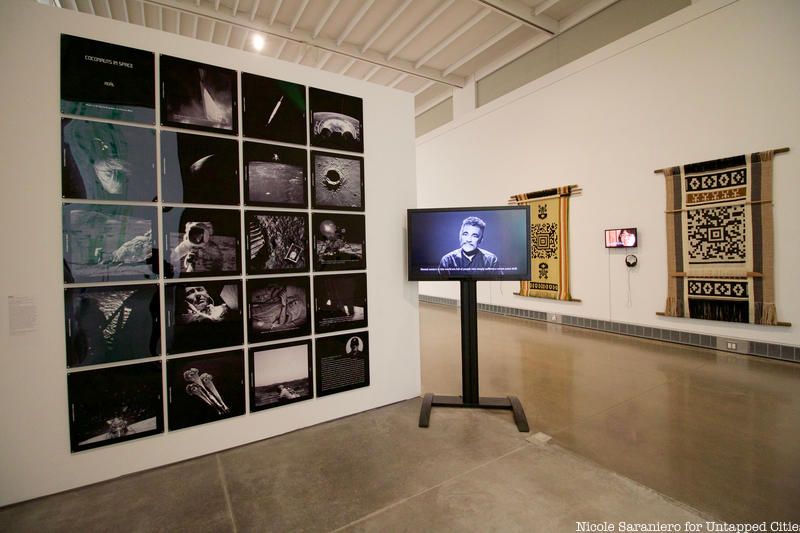
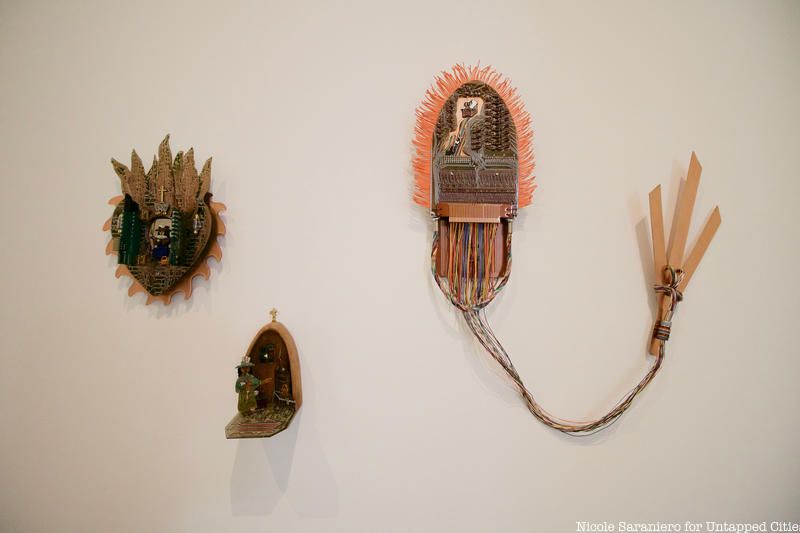
Running alongside Mundos Alternos is an exhibit by Alexandria Smith, Monuments to an Effigy. This exhibit features historical artifacts and original artwork by Smith arranged to evoke an altar or commemorative space to imagine and respond to the stories of the African Americans and Native Americans who were interred at The Olde Towne of Flushing Burial Ground from the late 19th century through the 1930s. Both exhibits will be on view until August 18th, 2019.

Next, check out The Top 10 Secrets of the Queens Museum in NYC’s Flushing Meadows-Corona Park and 13 New Outdoor Art Installations to Check Out in NYC this April 2019!
Subscribe to our newsletter